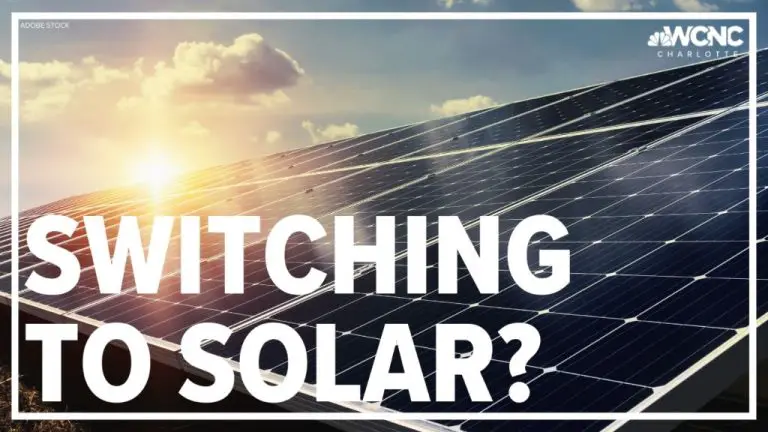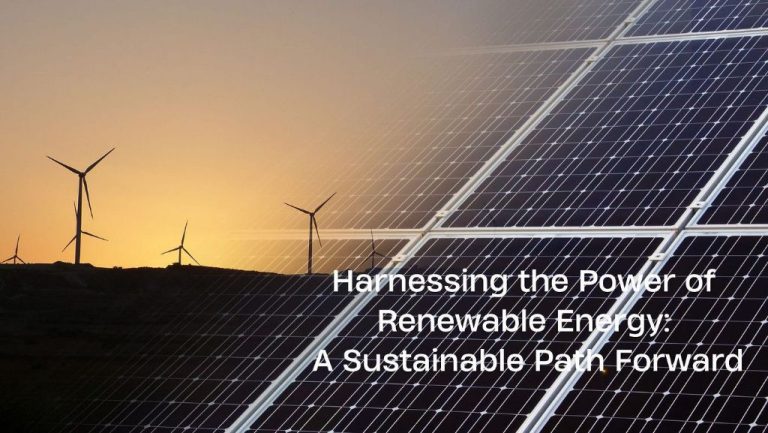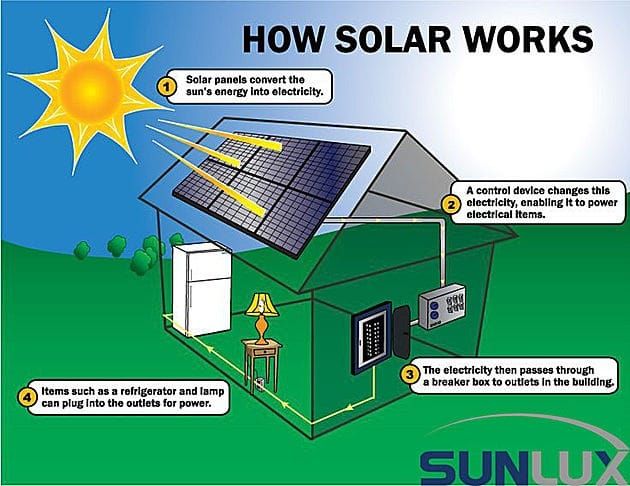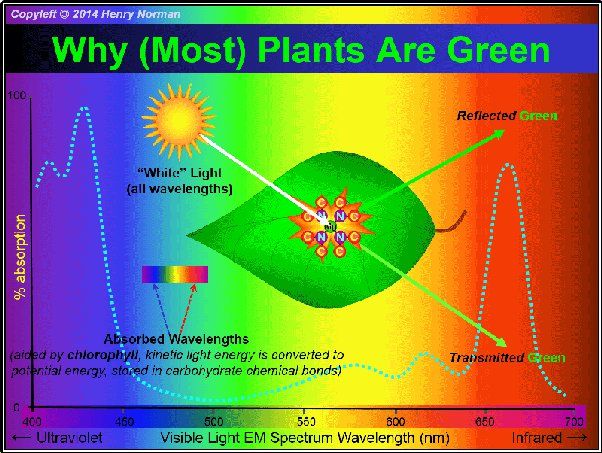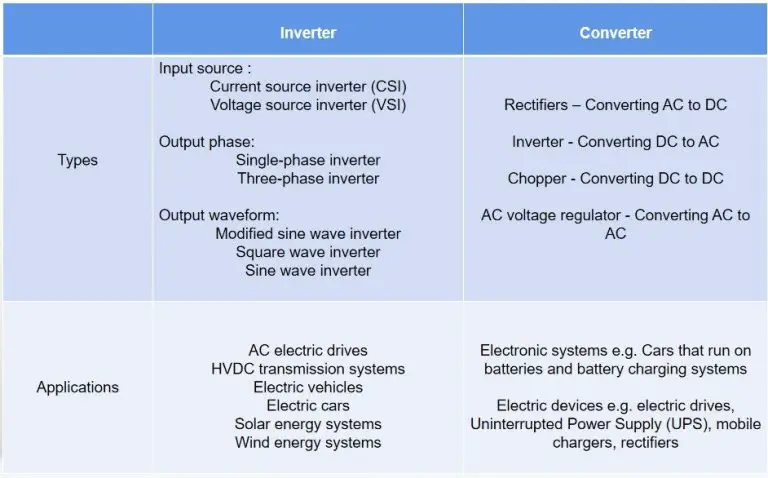Solar Energy Harvesting – Wikipedia
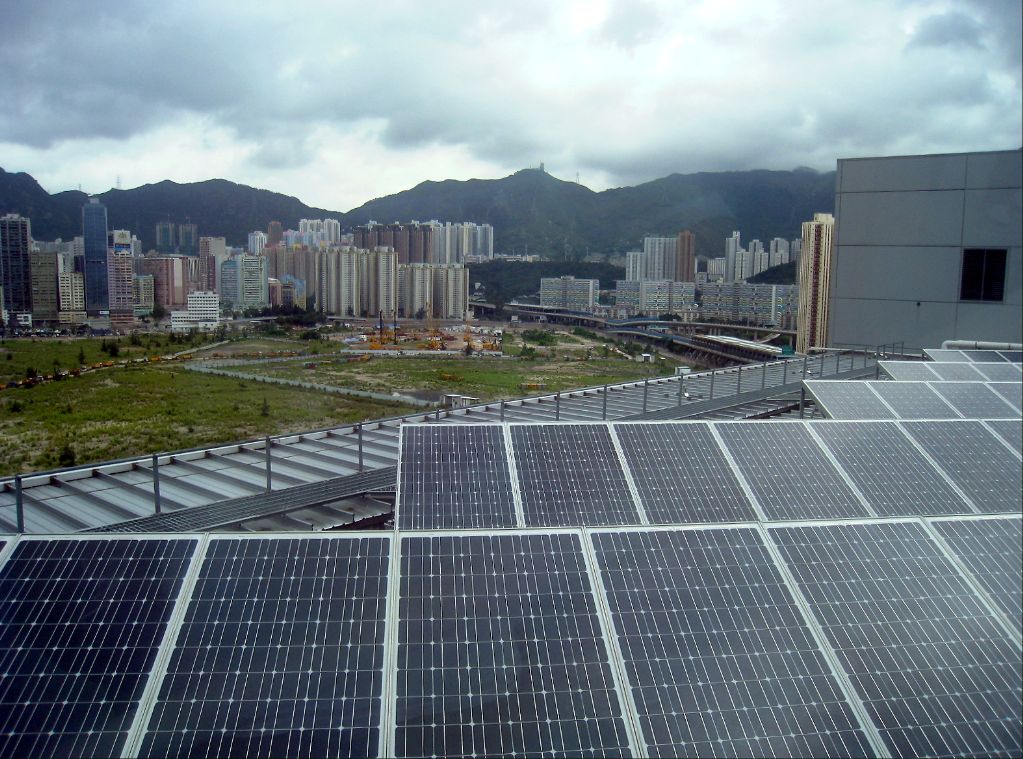
Solar energy harvesting refers to the process of capturing energy from the sun and converting it into electricity or heat. Humans have harnessed solar power for centuries, using simple passive techniques like orienting buildings and windows to maximize sunlight. Active solar energy harvesting as we know it today traces its roots back to the 19th century with the early development of solar thermal collectors and solar photovoltaics.
Solar power is now one of the most promising renewable energy sources worldwide. It offers a sustainable, clean way to meet energy needs. Solar technologies have improved dramatically in efficiency and cost-effectiveness in recent years. Solar energy harvesting has become an indispensable part of plans to reduce greenhouse gas emissions and prevent further climate change.
Solar power delivers multiple benefits beyond environmental ones. It diversifies energy supply and reduces dependence on fossil fuels. It allows the generation of electricity in remote locations without access to an energy grid. Solar energy harvesting represents a massive untapped resource, with the potential to easily meet global energy demand. With solar power, the fuel – sunlight – is free. As solar technologies continue advancing, solar energy harvesting is poised to become increasingly mainstream around the world.
How Solar Energy Harvesting Works
There are three main ways that solar energy is harvested:
- Photovoltaics (PV) – Solar panels containing photovoltaic cells convert sunlight directly into electricity. When sunlight hits the PV cells, electrons are knocked loose from the atoms in the semiconductor material, creating an electric current. This is known as the photovoltaic effect. PV panels are made of materials like monocrystalline silicon, polycrystalline silicon, or thin-film cells using cadmium telluride or copper indium gallium selenide. The electrical current generated can then be used to power equipment or fed into the electrical grid (Source: Arrow).
- Solar Thermal – Solar thermal systems harness heat from the sun rather than converting photons directly into electricity. This heat can be used for heating water, spaces, or even to generate electricity by heating a transfer fluid that produces steam to run a generator. Common solar thermal technologies include solar hot water collectors, passive solar heating for buildings, solar parabolic troughs, solar towers, and solar dishes (Source: ProEsolar).
- Passive Solar – Passive solar building design takes advantage of sunlight without any active mechanical systems. South-facing windows, thermal mass materials that absorb and slowly release heat, and building orientation are used to passively capture, store, and distribute solar energy in the form of heat during the winter. Eaves, awnings, and deciduous trees help control summer overheating (Source: Department of Energy).
Applications
Solar energy harvesting has many practical applications. The most common is solar panels, which convert sunlight into electricity using the photovoltaic effect. Solar panels can be used in residential homes, commercial buildings, and utility-scale solar farms to generate clean renewable electricity. According to the Solar Energy Industries Association, the United States had over 100 gigawatts of installed solar capacity by 2021, enough to power over 18 million homes.
Solar water heating is another major application. Solar collectors such as flat plates or evacuated tubes can heat water that is then stored in insulated tanks for use in homes, businesses, or industry. Solar water heating is common for residential domestic hot water but also has industrial process heat applications. According to the Solar Energy Industries Association, solar thermal collectors provided over 1.4 million MWh of energy in the United States in 2020.
Solar architecture and passive solar building design take advantage of sunlight to provide heating, lighting, ventilation, and electricity needs for buildings. Techniques include orienting windows and rooms to optimize solar gain, adding thermal mass to store heat, building south-facing conservatories, and integrating photovoltaic panels into roofing and windows. Solar architecture can significantly reduce the energy needs of a building.
Sources:
[1] https://www.slideshare.net/AfrinNirfa1/solar-energy-harvesting-and-its-applications
[2] https://www.seia.org/solar-industry-research-data
Efficiency
The maximum theoretical efficiency limit for solar cells is around 33.7% for a single-junction solar cell under 1 sun illumination, known as the Shockley–Queisser limit. This limit comes from the portion of the solar spectrum that can be converted to electricity given the bandgap of silicon solar cells. Photons with energy below the bandgap will not generate electron-hole pairs and contribute to current, while photons with energy much greater than the bandgap will lose their excess energy as heat.
Typical commercial silicon solar cells have efficiencies around 15-20%. Higher efficiency can be achieved by using advanced materials like gallium arsenide, which can reach over 30% efficiency but are more expensive. Other factors that affect solar cell efficiency include temperature, intensity of incoming sunlight, and quality of the semiconductor material. At higher temperatures, solar cell efficiency decreases. Solar concentration can increase intensity of illumination and electricity generation, but too much concentration can also introduce additional heating and losses.
Researchers continue to work on “third generation” concepts like hot carrier cells, multiple exciton generation, and intermediate band solar cells to push beyond the Shockley-Queisser limit. For example, a recent study from the University of Houston demonstrated a solar thermophotovoltaic system with an efficiency of 23.1%, breaking previous records (source). Continued advances in materials science and nanotechnology provide promising routes to improving solar harvesting efficiencies.
Costs
The costs of solar energy harvesting systems have decreased substantially over the past few decades, but they are still higher than conventional fossil fuel energy sources in most locations. The main costs for solar power include the modules/panels, inverters, balance of system components like mounts and wiring, as well as installation and maintenance.
According to studies, module costs have fallen by 99% since 1977 thanks to economies of scale in manufacturing and technological improvements. Total installed system costs for residential systems have dropped by over 50% in the last decade alone.1 Inverters, wiring, racking and other balance of systems costs have also declined steadily as the solar industry has matured.
The cost of solar is now at or below grid parity in many regions. Grid parity refers to the lifetime cost of solar energy being equal to or less than purchasing power from the electric grid. For utility-scale solar farms, costs have reached $1 per watt and continue to fall. Rooftop residential and commercial solar ranges from $2.50 to $4 per watt. With federal and state incentives factored in, solar is now the cheapest form of electricity generation in some markets.
Environmental Impact
Solar energy harvesting can have both positive and negative impacts on the environment. On the positive side, solar energy produces no greenhouse gas emissions during operation and can offset carbon emissions from fossil fuels like coal, oil, and natural gas. According to the Union of Concerned Scientists (source), every kilowatt-hour of solar energy used to replace fossil fuels prevents the emission of about 0.5 to 1 pound of carbon dioxide. The U.S. Energy Information Administration also notes that solar offsets carbon emissions (source).
However, solar facilities can require large amounts of land, which can adversely impact habitats and vegetation. The U.S. Department of Energy states that utility-scale solar facilities in particular can impact ecosystems during land clearing and facility operation (source). Solar panel manufacturing can also utilize toxic materials like cadmium, though panel recycling can mitigate this. Overall, while solar has benefits, the land use requirements can negatively affect wildlife and vegetation if not properly managed.
Challenges
While solar energy shows great promise, it also faces some key challenges that need to be addressed for it to reach its full potential. Some of the major challenges include:
Intermittency
One of the biggest challenges with solar power is its intermittent nature. Solar energy can only be harvested when the sun is shining. At night and during cloudy weather, solar devices do not produce energy. This makes solar an inconsistent energy source. Methods to store solar energy for use when the sun is not shining are being developed, but remain limited (source).
Storage
The intermittent output of solar power makes developing efficient and cost-effective energy storage solutions essential. Without adequate storage, excess solar electricity must be used as it is generated or lost. Storing solar energy allows it to be used anytime, but current storage options add significant cost. More research into advanced batteries and other storage methods is needed (source).
Transmission
Transporting solar power from sunny regions with prime conditions to population centers that need power poses difficulties. New transmission infrastructure is required to connect solar farms and distributed solar arrays to the grid. Upgrading transmission lines to handle renewable sources is costly (source).
Regulations
Outdated regulatory frameworks and policies can hinder the growth of solar power. Rules on connecting to the grid, net metering, permitting, and electricity pricing may need updating to allow solar to expand. Lack of consistent national policies on solar also hampers large-scale adoption. Streamlining solar regulations is an ongoing process (source).
Future Outlook
The future of solar energy harvesting looks very promising, with projections for strong continued growth. According to one analysis, the global solar energy market is expected to grow at a compound annual growth rate of 20% from 2022 to 20301. Several factors are contributing to this projected rapid expansion.
Emerging technologies like perovskite solar cells and organic photovoltaics are enabling more efficient and cost-effective solar power. Perovskite cells in particular have seen remarkable improvements, with researchers achieving efficiency levels over 25% in lab settings2. As these technologies mature, they will boost the competitiveness of solar against other energy sources.
Solar shingles and solar windows are innovations that could greatly expand the potential for harvesting solar energy. Rather than being limited to roof panels, solar cells integrated into shingles or glass windows means that sunlight hitting building surfaces gets converted to electricity3. This massively increases the surface area that can generate solar power.
With solar already among the cheapest sources of new electricity generation, the projected growth and technology improvements will solidify its status as a major pillar of the global energy mix. The future is bright for this renewable energy source that leverages the incredible power of the sun.
1. https://illxz.com/solar-energy-harvesting-beyond-traditional-panels/
2. https://energy5.com/unlocking-the-benefits-of-solar-energy-which-type-is-right-for-your-home-or-business
3. https://www.sunkean.com/blog
Major Companies
The solar energy industry has seen rapid growth and innovation from major companies over the past decade. Some of the leading manufacturers, project developers, and researchers in solar energy harvesting include:
Vikram Solar, one of India’s largest module manufacturers, has installed over 2 GW of solar projects worldwide. The company manufactures monocrystalline and polycrystalline PV modules.
Tata Power Solar, part of India’s giant Tata Group, is a leading developer and EPC contractor for large-scale solar projects globally. The company has installed over 1 GW of solar capacity to date.
JinkoSolar, headquartered in China, is one of the world’s largest solar module manufacturers supplying over 5 GW annually. JinkoSolar has projects across Asia, the Middle East, Europe and North America.
First Solar, based in the United States, manufactures thin-film PV modules and provides EPC services. It has developed over 25 GW of solar projects worldwide. First Solar is focused on utility-scale solar and has record module efficiency.
SunPower manufactures high-efficiency monocrystalline silicon PV cells and panels for residential and commercial markets. Based in the U.S., SunPower has deployed over 30 million solar panels globally since founding in 1985.
Conclusion
Solar energy harvesting has seen tremendous growth and advancement in recent years. As the technology continues to improve and costs decline, solar power has established itself as a critical part of the global renewable energy mix. While challenges around efficiency, storage, and scaling remain, the future prospects for solar energy look bright.
Continued investment into R&D will be crucial to drive innovations that can increase the efficiency of solar panels, lower costs, and enable large-scale adoption across industries and geographies. With supportive government policies and public sentiment favoring clean energy, solar is poised to be a major pillar in the transition away from fossil fuels and toward a decarbonized economy. The growth of the solar industry will create jobs, reduce carbon emissions, and provide clean, renewable power to communities around the world.
In summary, solar energy harvesting represents an important technological and economic opportunity with benefits across multiple dimensions. While the technology is already advanced, further improvements will enable solar to maximize its potential and cement its indispensable role in building a sustainable energy future.

